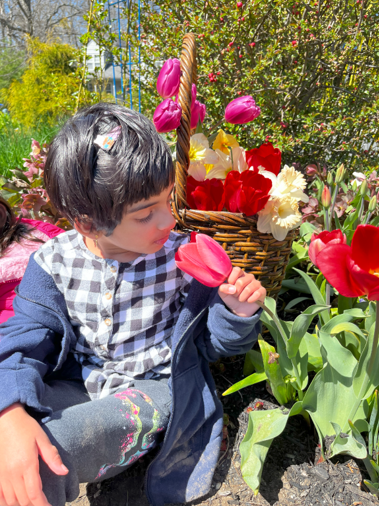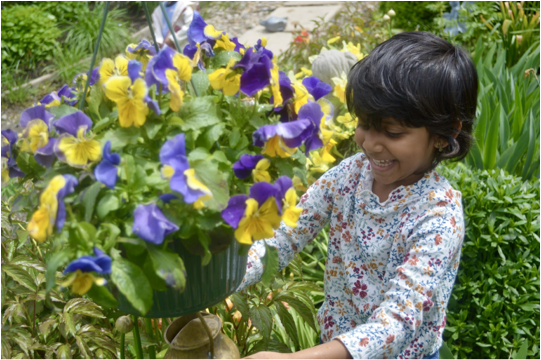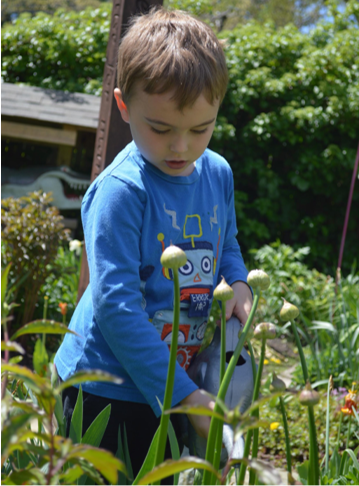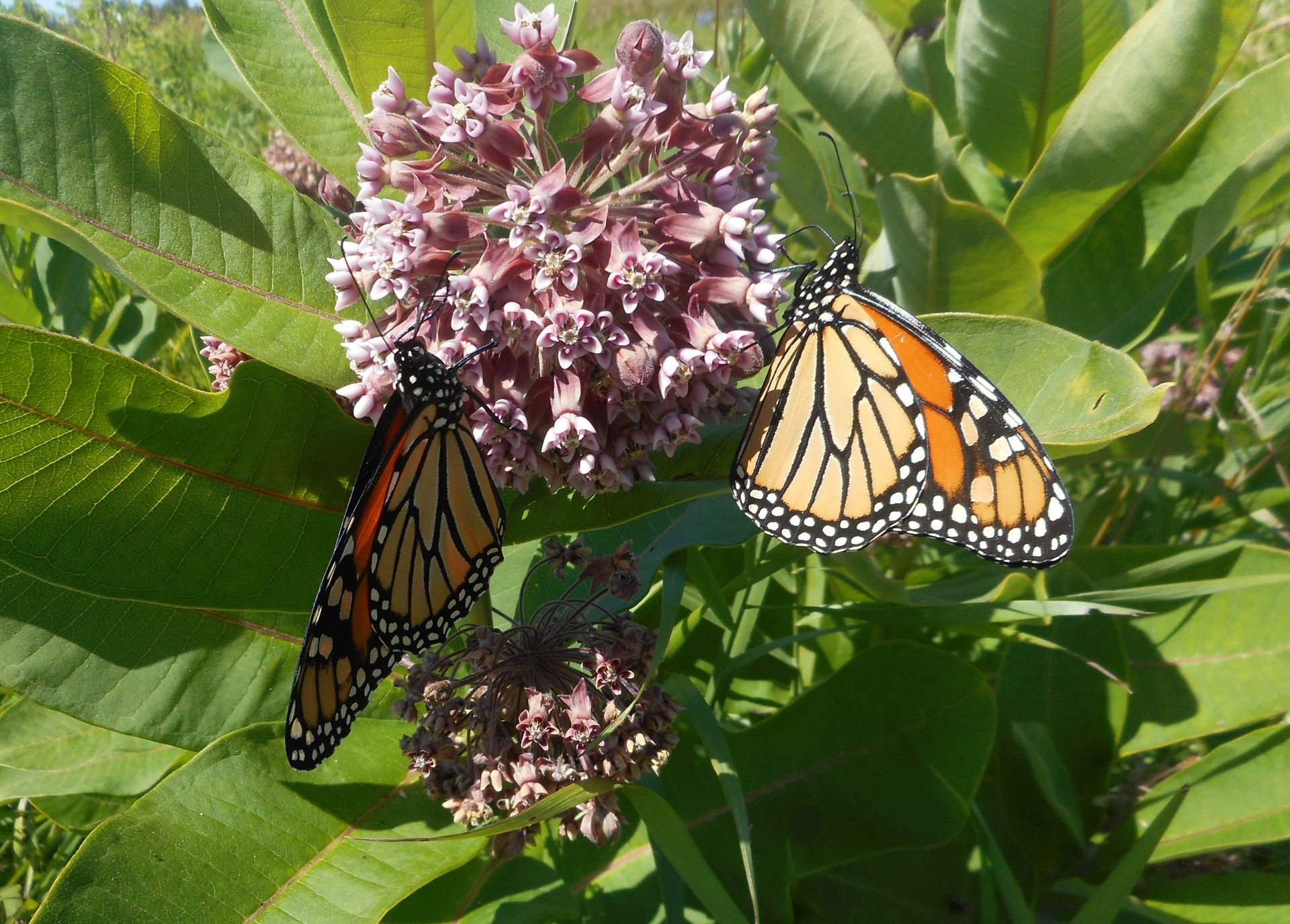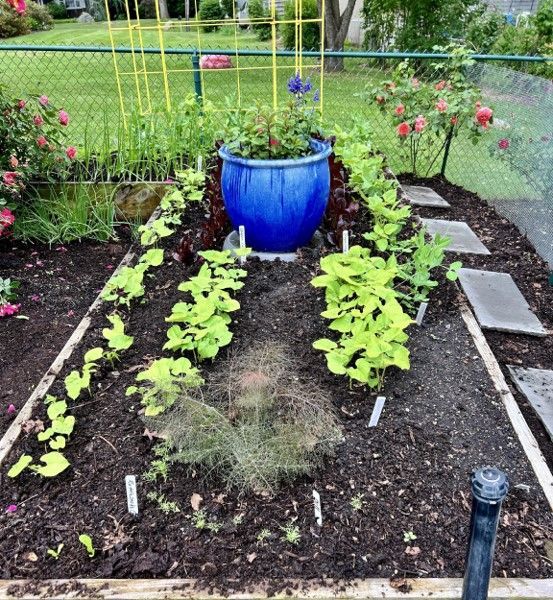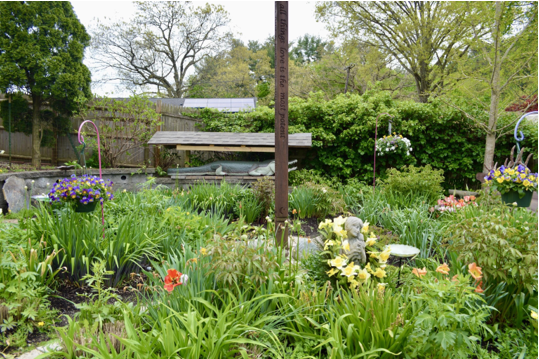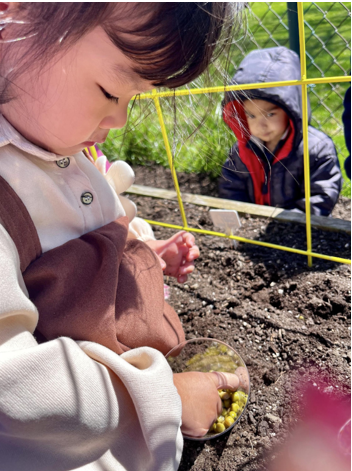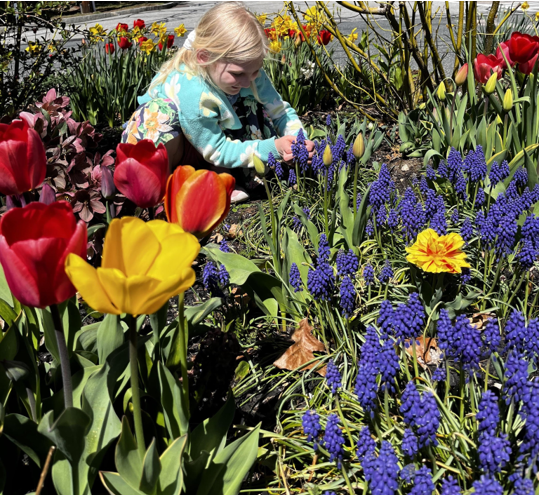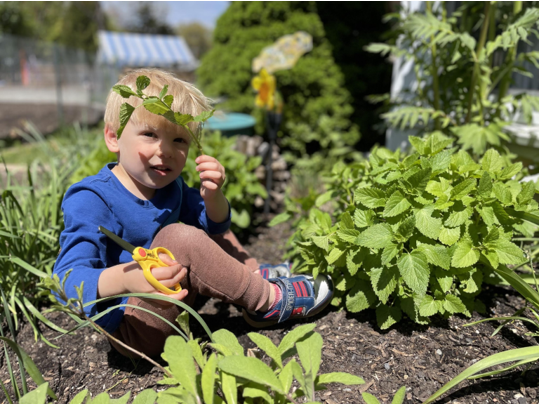Nature Science
Some of the most unique experiences we offer the children at Pincushion Hill come from lessons experienced in our gardens: weather, botany (study of plants and their structure), biology (science of life and living organisms), geology (study of the composition of the Earth) and garden chemistry (explores the relationship between successful gardening and the chemistry of soil). Through planting seeds and watching plants grow, children learn the value of patience, respect, and responsibility.
Faces of Humanity
In the spring, we study tulips. These flowers are Darwin tulips, which come in many colors but are distinguished by being exceptionally large, sturdy, and long-lasting, and parrot tulips, named for their feathery edges.
Sands of Time
Pictured here are some of the world's oldest cultivated flowers. Pansies, also known as violets, do wonderfully in the cool weather of Massachusetts. These flowers are edible, but we just use them for flower pressing and arrangements. The kids love how there's a pattern that looks like a little face on each flower.
Nature's Symphony
Peonies are the national flower of China. These peonies were donated to the school from a local Chinese family, who brought them directly from China. The children take part in watering them and use them for pressing flowers and flower arrangements.
Beyond Boundaries
Each year, we study the monarch butterfly, whose caterpillars need to eat our native milkweed plant's leaves to develop safely. As milkweed is removed from human areas, monarch butterflies struggle to find suitable habitat. Our school is a certified monarch waystation, providing needed food and shelter.
In addition to the plants, the children observe birds, insects, and other animals as they come and go through the many natural spaces our garden provides. They learn through their experiences a true reverence of the animal world. The habitats provide endless opportunities for hands-on environmental learning, exploration and a deep understanding of how we are the stewards of this glorious Earth.

